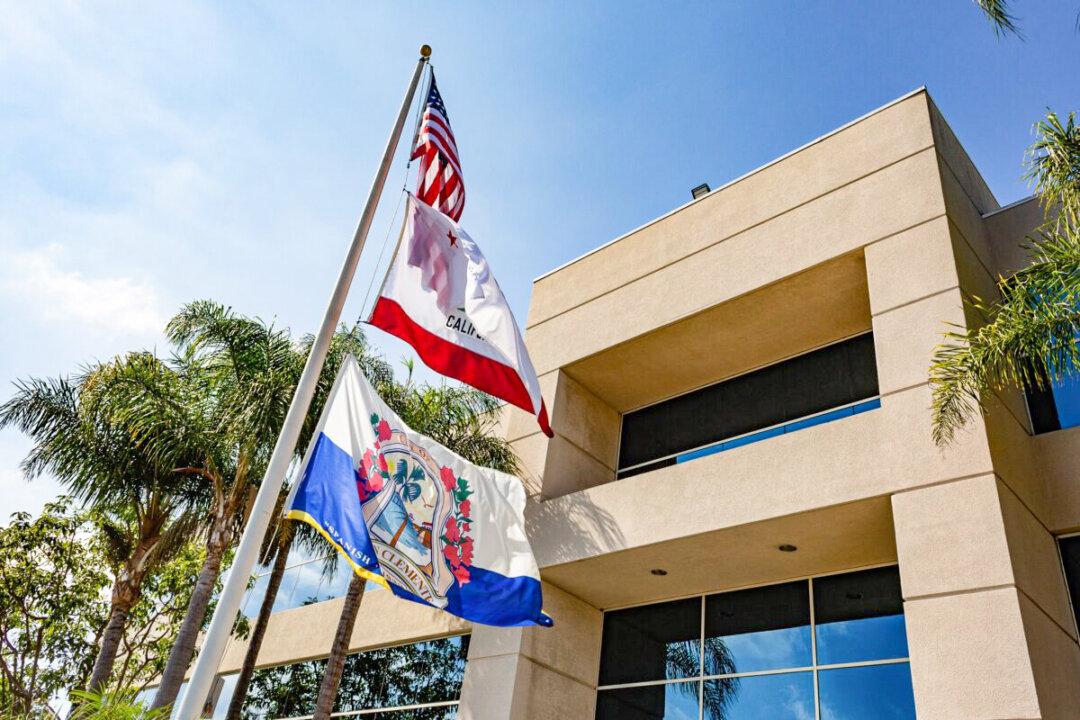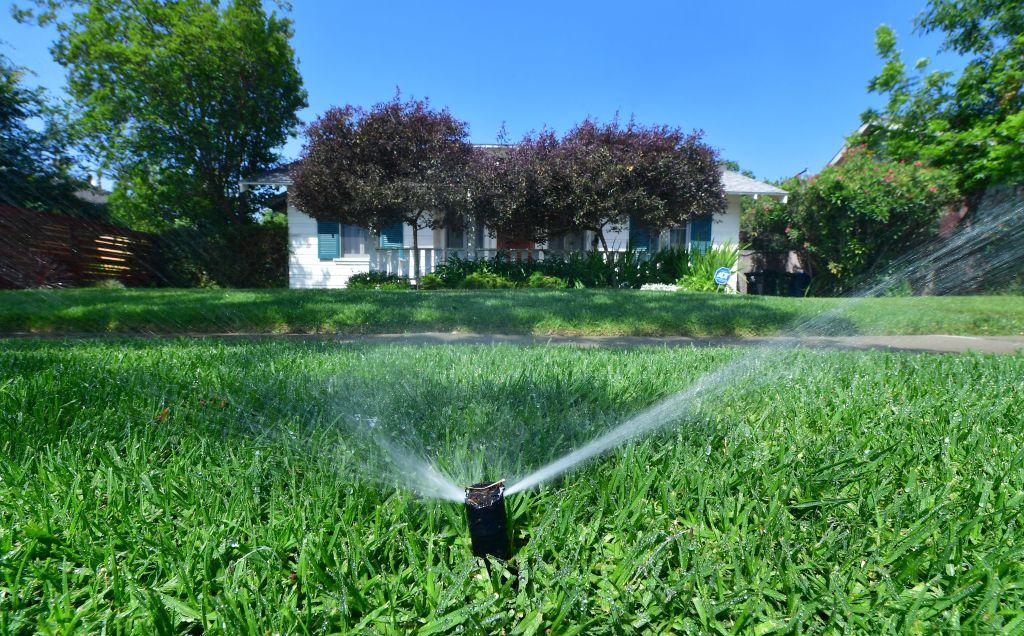HUNTINGTON BEACH, Calif.—Hundreds of sick and dying brown pelicans from various Southern California counties are flocking to the coastlines and inland lakes in what experts call an “unusual” mass-stranding event.
While Orange County care centers have seen dozens come through their doors, Los Angeles, Santa Barbara, and Ventura counties have seen hundreds more.





